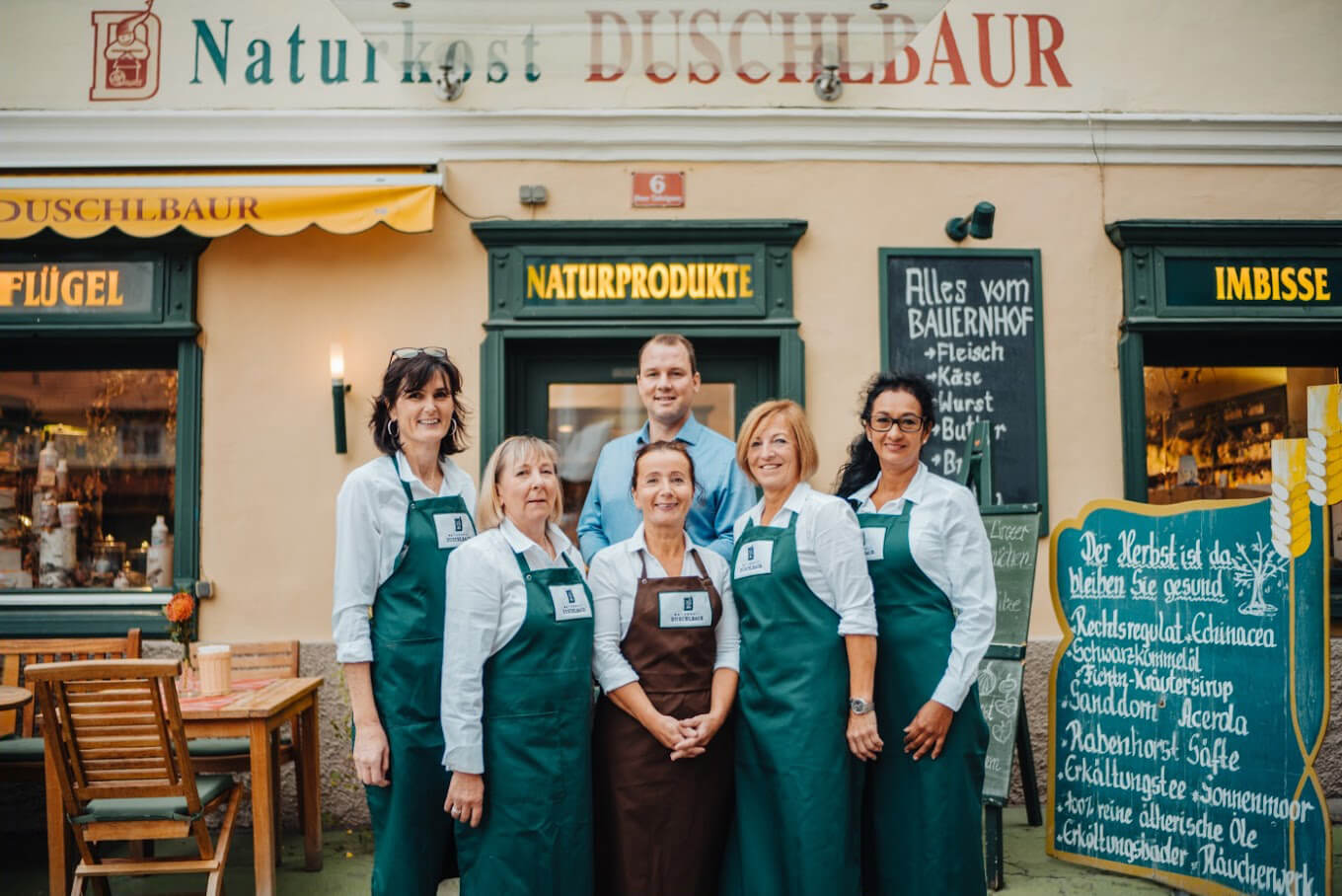The natural ingredients of theRhodiola rosea tincture dropsare: water, alcohol, rhodiola.
We use the root to produce these very valuable drops.
The clump-forming roseroot perennial is extremely robust and hardy. It can reach a height of up to 30 centimeters. In early summer, the roseroot forms hemispherical, dense umbels. They are adorned with more than 70 pink flower buds. These flower buds open into yellow-green blossoms. The flowers of the roseroot are dioecious and separate sexes. There are male and female plants. The petals of the female plants bloom yellow and turn reddish-orange when they fade. The male flowers are a brilliant purple. After flowering, the roseroot forms small, fleshy pods. At the peak of the fruit cluster, the fruits turn reddish. The fruits open and disperse the seeds.
The Vikings already used rhodiola to increase strength, endurance, vitality, and potency. The root of rhodiola was boiled and consumed.
Today, Rhodiola rosea is recognized as a medicinal plant. It is used as a tea, powder, dietary supplement, and herbal tincture.
Rhodiola rosea has been named medicinal plant of the year 2023 by the Herbal Medicinal Products Platform Austria (HMPPA). HMPPA scientists come from the fields of applied botany, analytical chemistry, phytochemistry, pharmacy, pharmacognosy, and medicine. They combine their expertise from raw materials to the finished herbal medicinal product. For the first time, experts from Western medicine and Traditional Chinese Medicine are working side by side.







